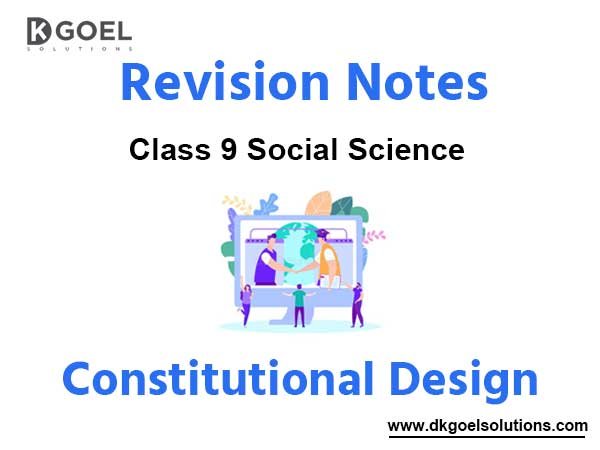Notes Chapter 6 Population
• People are themselves resources with varying qualities.
• Population is the point of reference from which all other elements are observed and from which they derive significance and meaning.
• The Census of India provides us with information regarding the population of our country.
Population Size and Distribution
• Uttar Pradesh accounts for about 16 per cent of the country’s population.
• India’s population as in March 2001 stood at 1,028 million accounting for 16.7 per cent of the world’s population.
• Population density is calculated as the number of persons per unit area.
• Population density is affected by relief of the area.
Population Growth and Processes of Population Change
• The numbers, distribution and composition of the population are constantly changing.
• Growth of population refers to the change in the number of inhabitants of a country/territory during a specific period of time.
• When more than a billion people increase even at lower rate, the total numbers added becomes very large.
• The declining trend of the growth rate is indeed a positive indicator of the efforts of birth control.
• The natural increase of population is the difference between birth rates and death rates.
• The number of death per thousand persons in a year is the Death Rate.
• Migration is the movement of people across regions and territories.
• Migration changes not only population size but also the population composition of urban and rural populations in terms of age and sex composition.
• The age composition of a population refers to the number of people in different age groups in a country.
• The population of a nation is generally grouped into three broad categories, namely children (generally below 15 years), working age (15 – 59) years) and aged (above 59 years).
• Sex ratio is defined as the number of females per thousand males in the population.
• The sex ratio in India has always remained unfavourable to females.
• A person of seven years of age or above who is able to read and write with a certain understanding is called a literate.
• The distribution of the population according to different types of occupation is referred to as the occupational tructure.
• Primary activities include agriculture, animal husbandry, forestry, fishing, mining and quarrying etc. Secondary activities include manufacturing industry, building and construction work etc. Tertiary activities include transport, communications, commerce, administration and other services.
• Sustained efforts of government programmes have registered significant improvements in the health conditions of the Indian population.
• It is a matter of concern that the per capita calorie consumption is much below the recommended level in India.
• Adolescent population constitutes one fifth of the total population of India.
• Adolescents in India face the problem of malnutrition that can be dealt with by spreading awareness, literacy and education among them.
• The Family Welfare Programme has sought to promote responsible and planned parenthood on a voluntary basis.
• National Population Policy 2000 aims at improving conditions of adolescents, aiming at encourages delayed marriages and child bearing, educating about risks of unprotected sex and provisions for nutritional needs.




